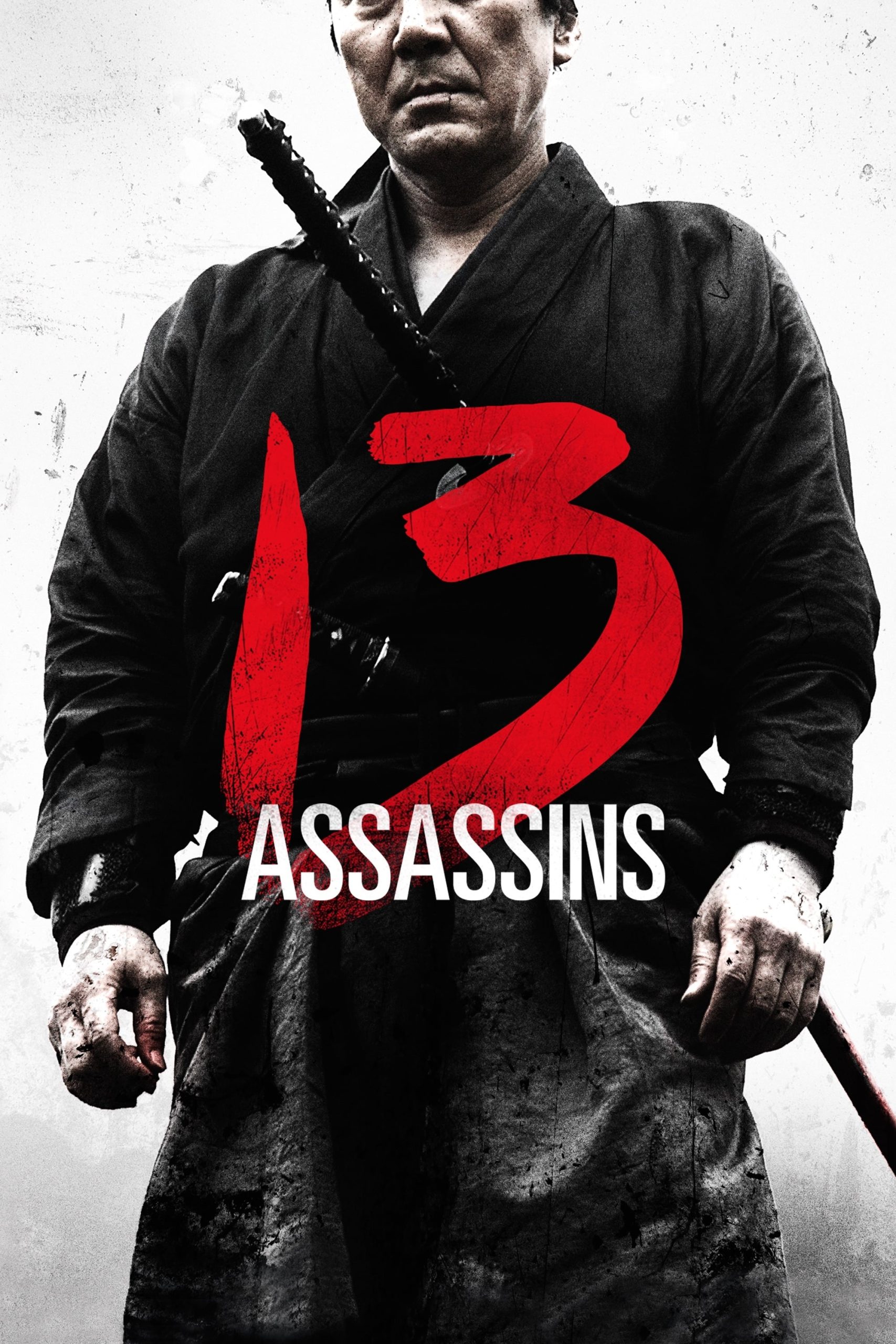
A bravado period action film set at the end of Japan's feudal era in which a group of unemployed samurai are enlisted to bring down a sadistic lord and prevent him from ascending to the throne and plunging the country into a war-torn future.
06 Dec 13 Assassins (2010)
The Rustic in the Woods
There are some directors that you just consider geniuses. They innovate, walking into new modes, vocabularies. My list of these artists is short. They greatly enrich because they expand and challenge.
Other filmmakers may be talented and even capable of making personal films that are effective. But they are in a different class. They need to be approached with a different spirit. It is only an accident of the medium that they are lumped in with the greats. Miike is in this second tier.
He has made some films that I recommend, and I suppose them to be ones he generated from his soul. He also has some films of a different type, films that prove to himself that he is equal to those he considers the greats. As if often the case, this involves a copy or near-copy of an esteemed film.
Judging these is a tough business because the things I value the most are things that well up from a filmmaker’s being, so when he intrudes on the original that difference is valued where another viewer might be offended. I thought the “Psycho” remake was hypnotising because of this.
Unfortunately, I do not know the original. But I am well familiar with the type, and I’d say that Miike goes a bit too far in suborning the instincts he has so that fidelity is preserved. Perhaps this is apt. The anchor of the story is absolute loyalty to tradition regardless of whether it is evil. The main body of society here is held together (we are repeatedly told) by tradition.
The thirteen assassins of the title are working under official but secret aegis to kill an evil lord who is next in line for control. The idea is to save society. We learn at the end, but any Japanese viewer will know from the beginning that the resulting ‘new order’ became the traditional framework in which they now live. So we get the tasty cake and eat it because we get to celebrate the formality on one side of this battle with the noble boat-rocking on the other.
This is no “Seven Samurai” though the basic form is the same: the first act is the offense, the second the collection of the heroes, the third an epic battle against all odds where nobility of spirit triumphs. My guess is that Miike decided to use the stationary camera of Ozu with formal framing in the first two sections, and something like the fluid composition of Kurosawa in the battle.
I think he failed on both accounts. His framing and focus are not overwhelming in their order as Ozu could routinely produce. And in the battles he uses the modern ‘Braveheart’ camera (recently noticed on “Transformers”), that gives blurred snippets giving less information than you need except when a notable slice, grimace, death or trap appears.
This is tolerable, but it does not do the job the man wished of it. It does not prove he is among the immortals. He seems to comment on this deliberately. Of the 13, one is not a samurai, but a simple, goofy thief. He, it turns out is the survivor and we get to hear him denigrate the masters he has fought with.
Folding: The least interesting kind, where other films are hoovered in.
Posted in 2011
Ted’s Evaluation — 2 of 3: Has some interesting elements.


No Comments